Submitted by WA Contents
Guallart Architects to design mass timber housing adapted to post-Covid standards in China
China Architecture News - Aug 07, 2020 - 11:15 12749 views
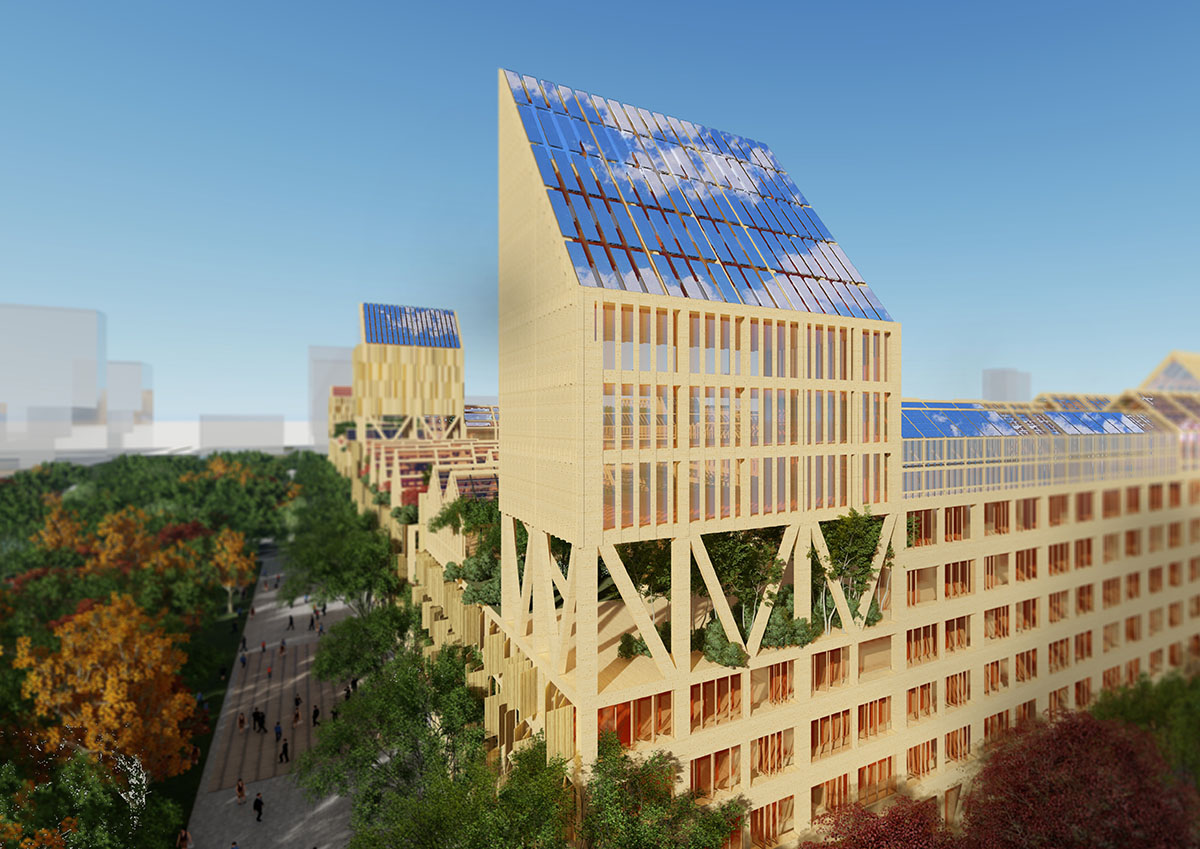
Barcelona-based architecture practice Guallart Architects has won an international competition for the design a mixed-use community in the Xiong'an new city in China, defining a new standard in the post-Covid era, that can be applied as a raw model in different cities around the world.
The proposal presented under the title "the self-sufficient city", defines an urban model, that merges the traditional European urban blocks, the Chinese modern towers, and the productive farming landscape.
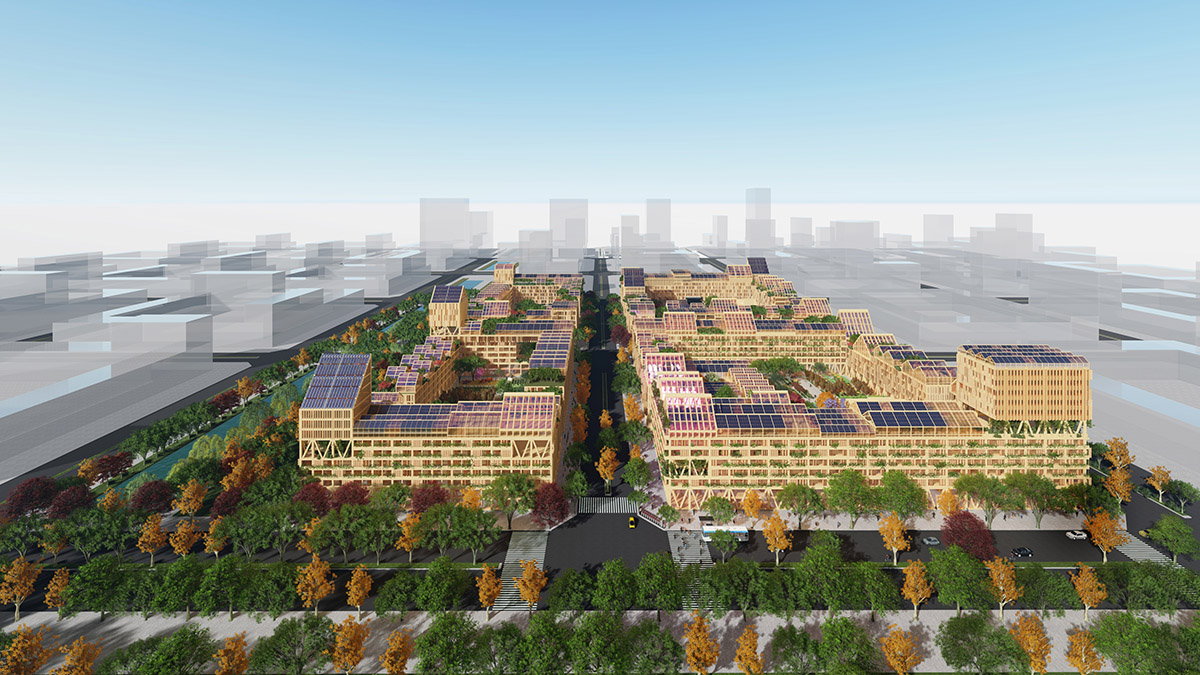
This new urban environment where people can live, work and rest, will allow their residents to produce resources locally while they are connected globally, providing a full life even in moments of confinement.
"We cannot continue designing cities and buildings as if nothing had happened," said Guallart.
"Our proposal stem from the need to provide solutions to the various crises that are taking place in our planet at the same time, in order to create a new urban life based in the circular bioeconomy that will empower cities and communities."
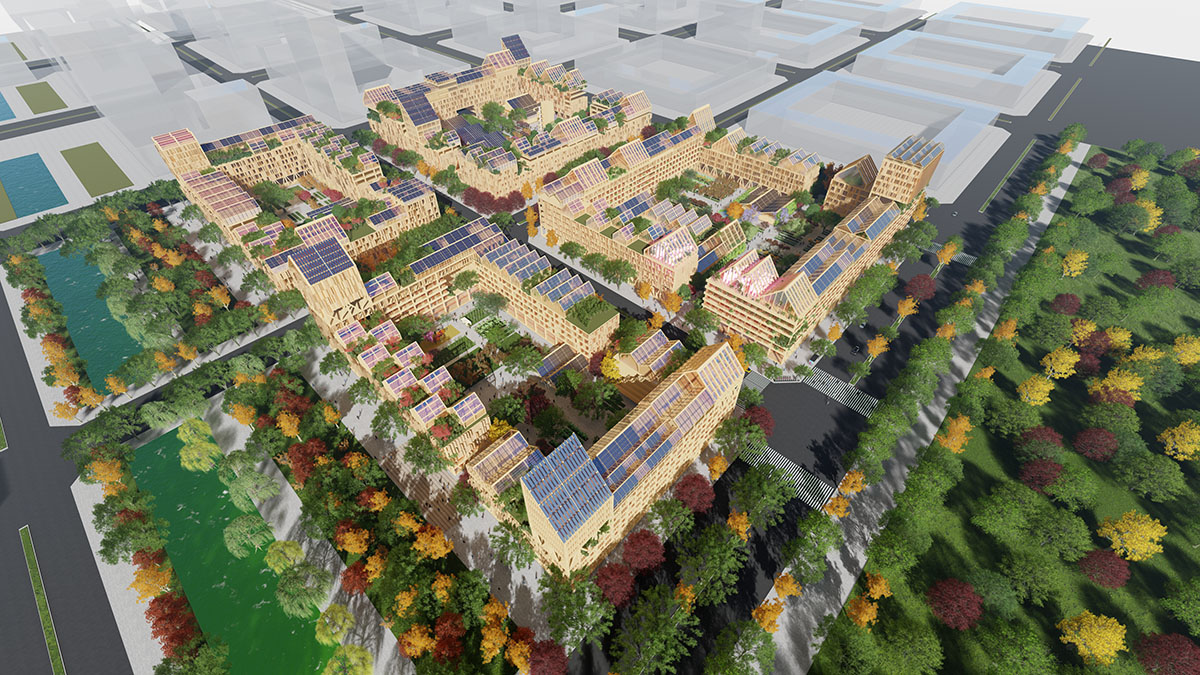
Specifically, the project is conceived as layers of onions, defining different functions needed for human life at different scales, from the home, to the building, to the community.
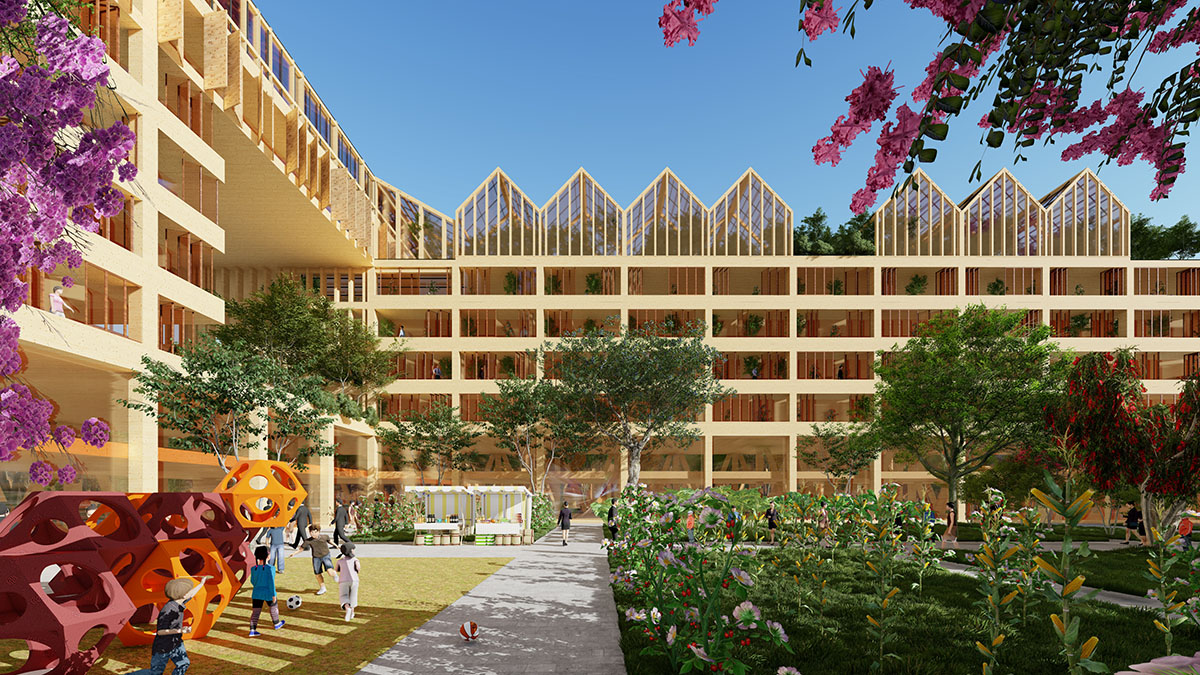
The four blocks, that will be built using mass timber and passive design solutions will have mix use program including apartments, residences for young and old people, offices, swimming pool, shops, food market, kindergarten, administrative center and a fire station among other facilities.
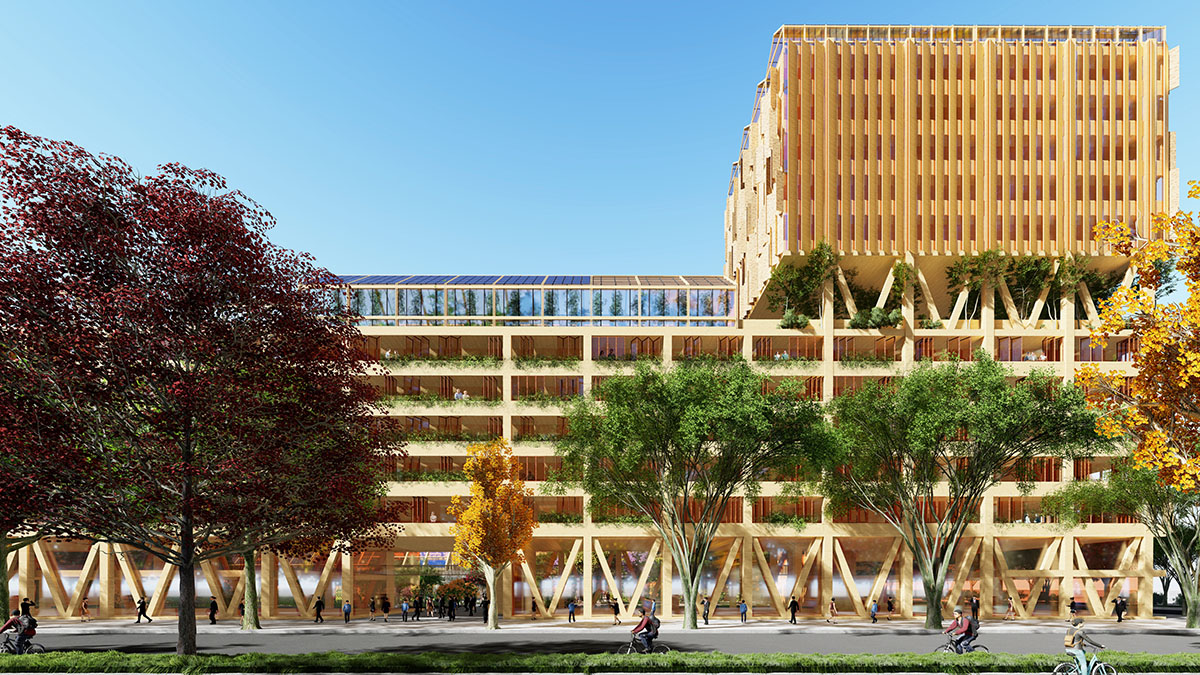
All buildings will be covered by greenhouses that will allow to produce food for daily consumption and use their sloping roofs to produce energy.
In the ground floor, small co-working digital factories will allow to use 3d printers and rapid prototyping machines to produce object for the daily use.
So the building will have an internal metabolic system that will integrate energy production, recycled water, food production and material reuse promoting a distributed model for urban management.
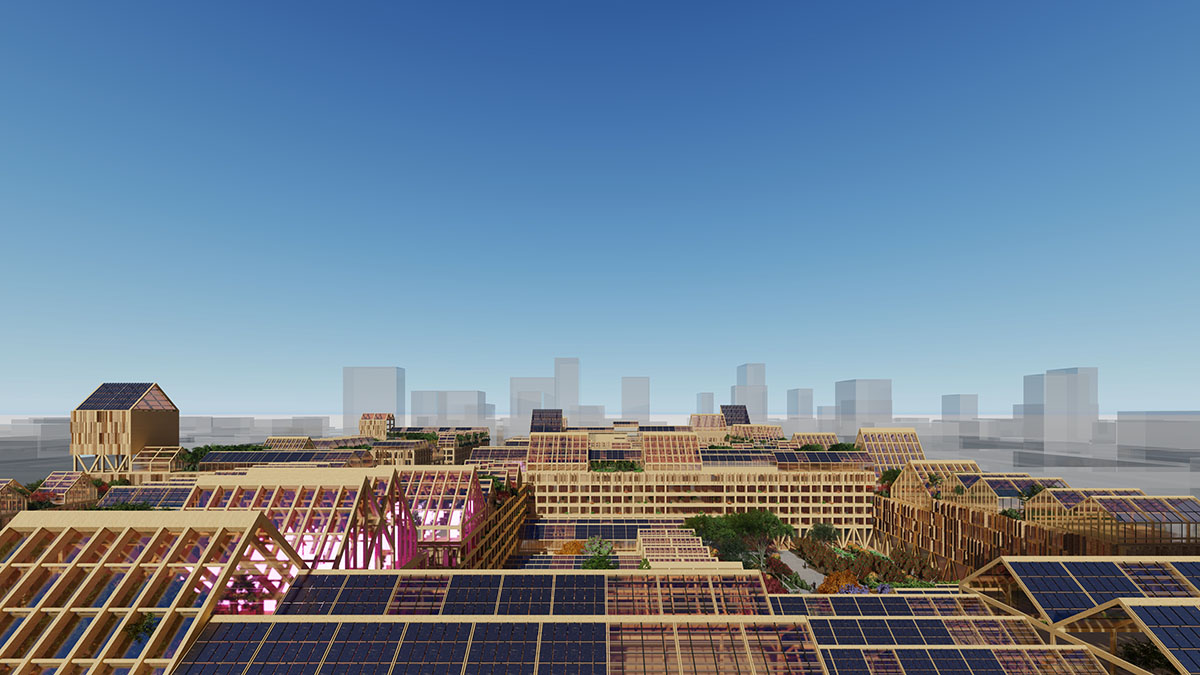
All the apartments will have a large terrace facing south, which acts as a thermal regulator, and will be a fundamental space in periods of confinement allowing the residents to play, rest and work.
Likewise, the homes will be prepared to have telework spaces and will be connected to 5G networks, creating social networks at neighborhood-scale for the exchange of resources.
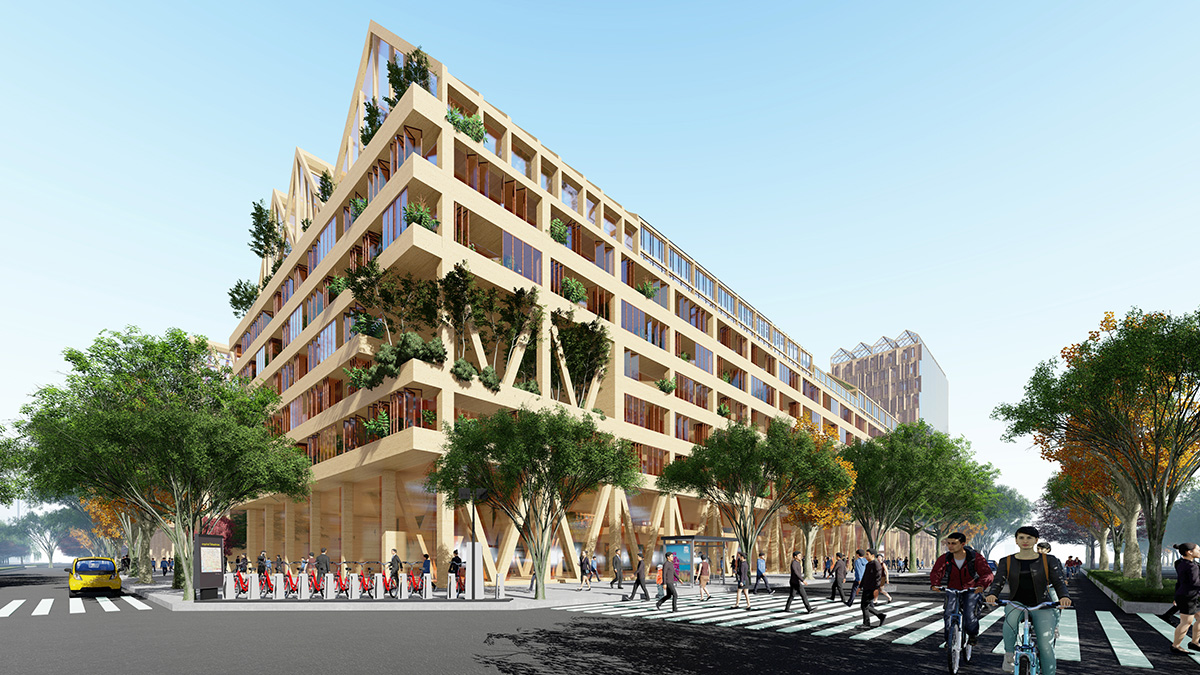
As the director of the office Honorata Grzesikowska states "we developed this project during confinement, when the entire team worked from home and we decided to include all those aspects that could make our lives better, so that a new standard could be defined".

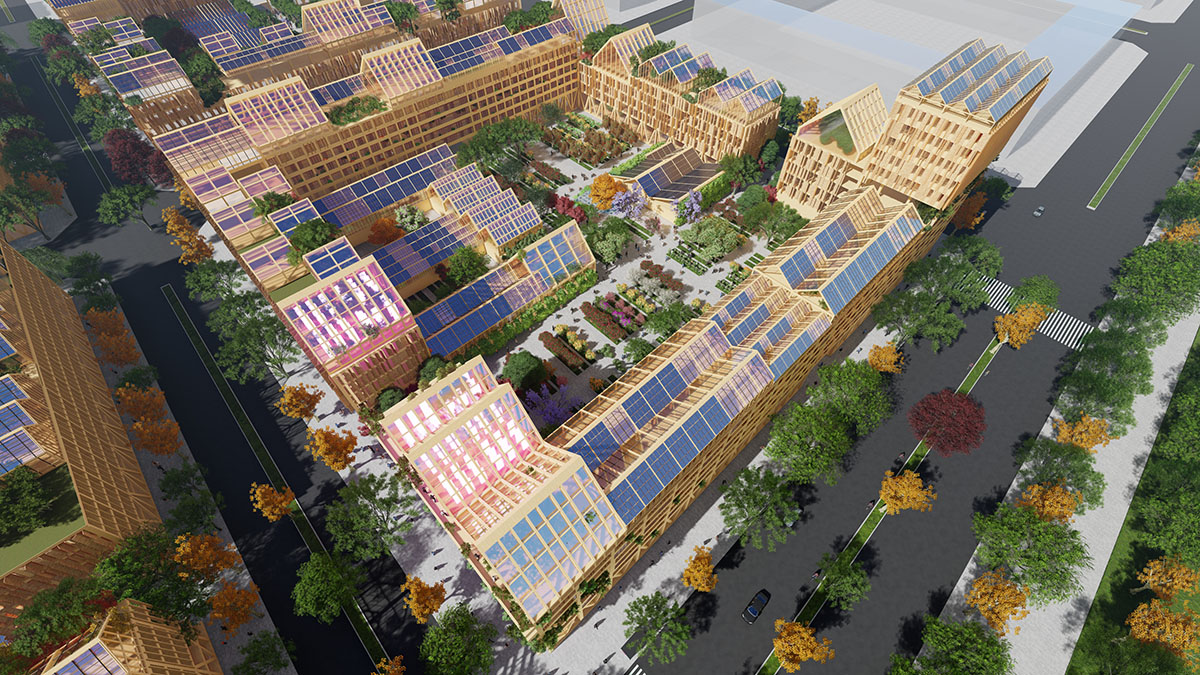
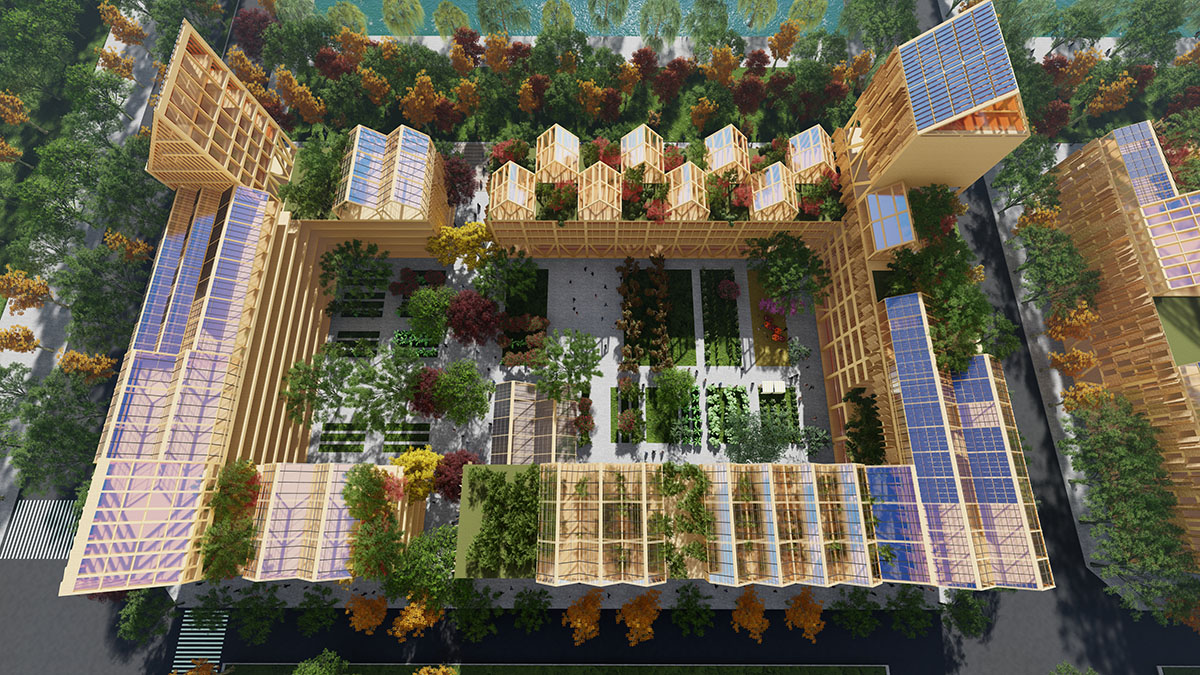
The competition, defined as "Xiong’an Architecture Design Contest with Chinese Characteristics under the High Quality Development principle" has received more than 300 projects organized in six categories, and will define the standards for this new emblematic city supported by President Xi, as a hub for the Beijing-Tianjin-Hebei economic triangle.
The jurors for this international competition included Chinese academicians and local experts.
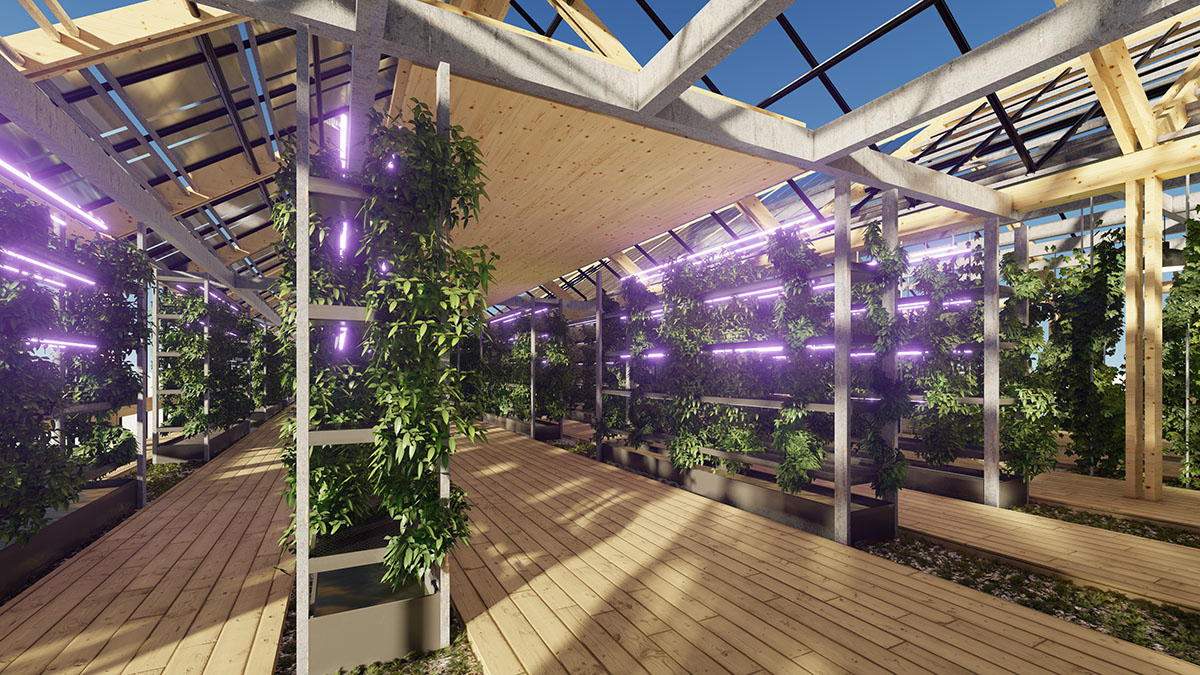
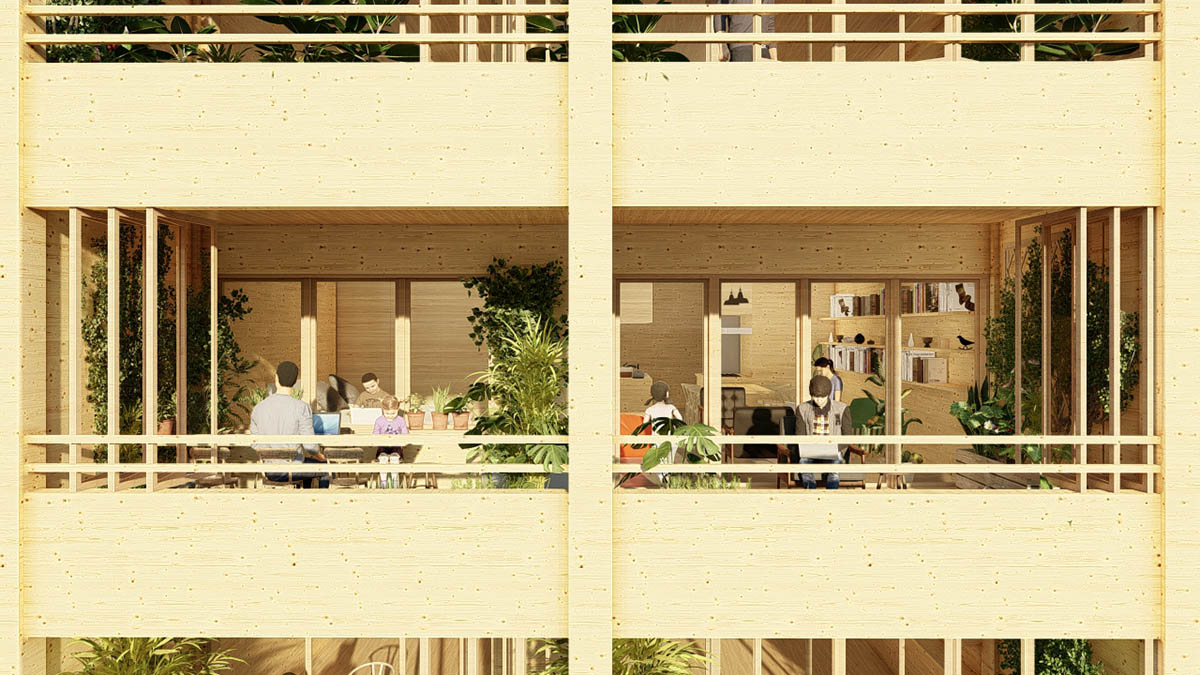
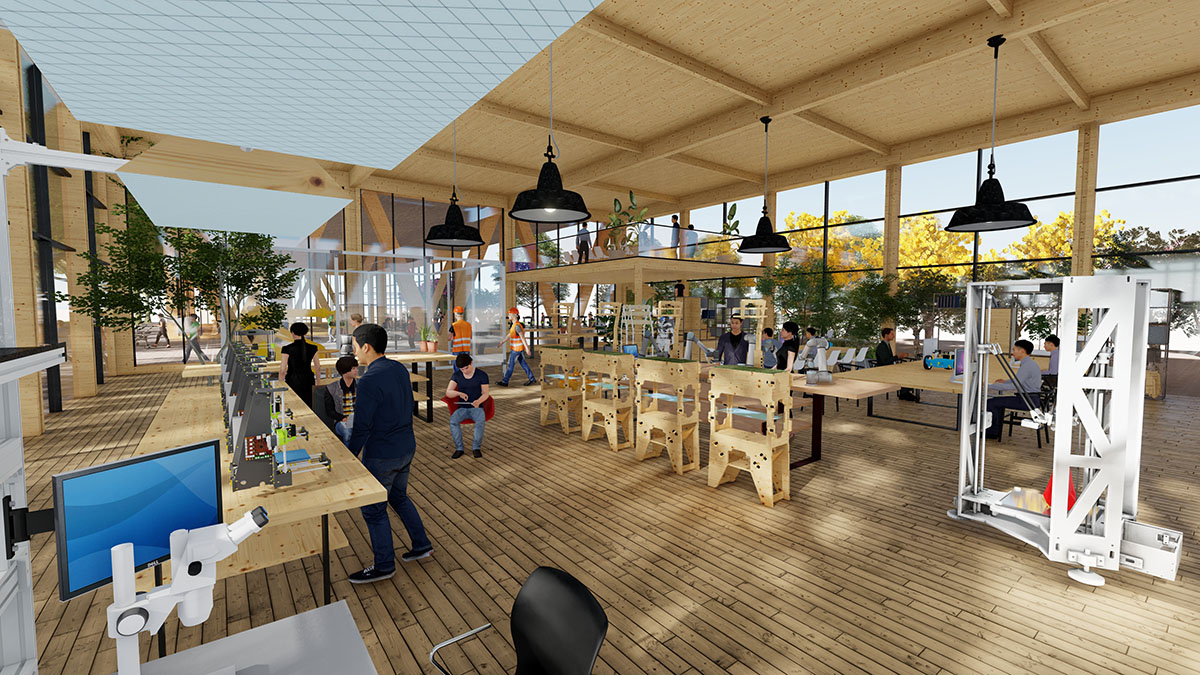
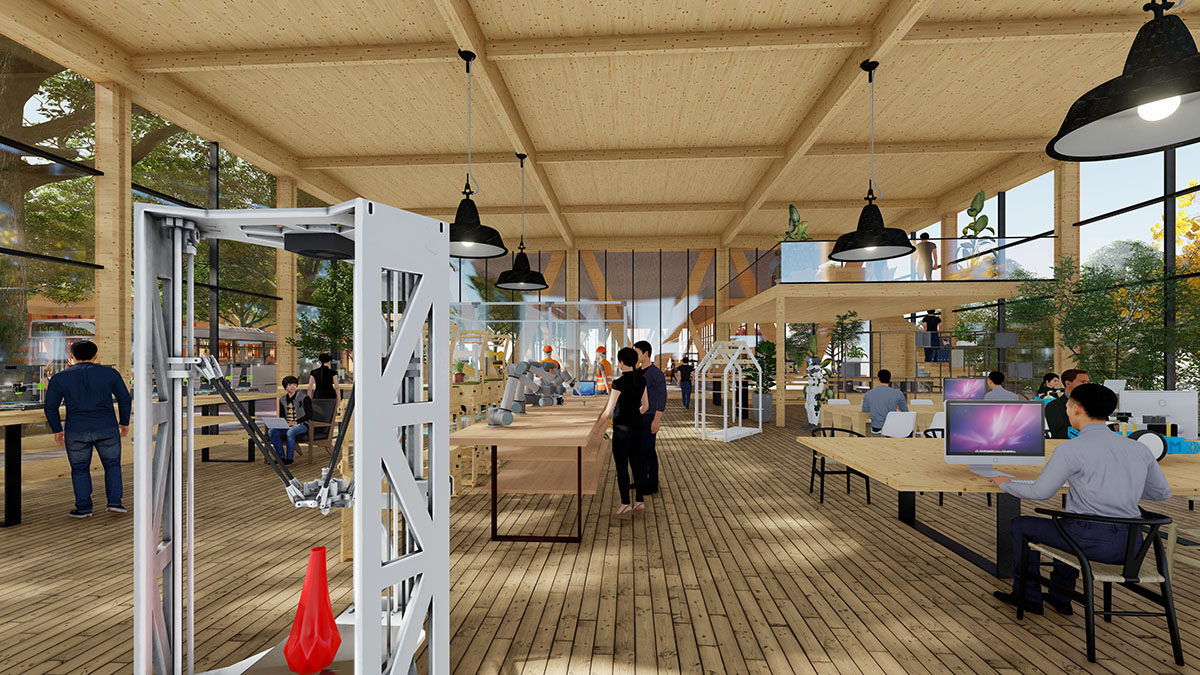

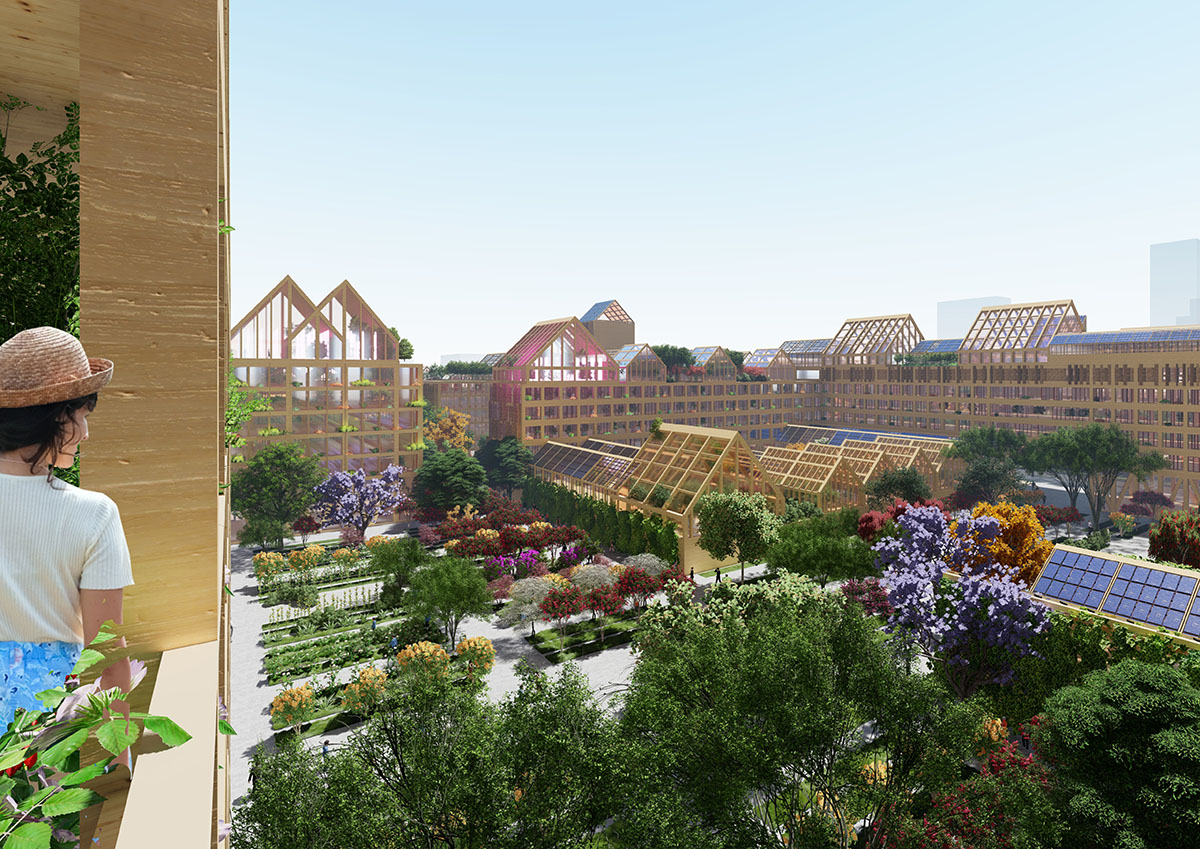

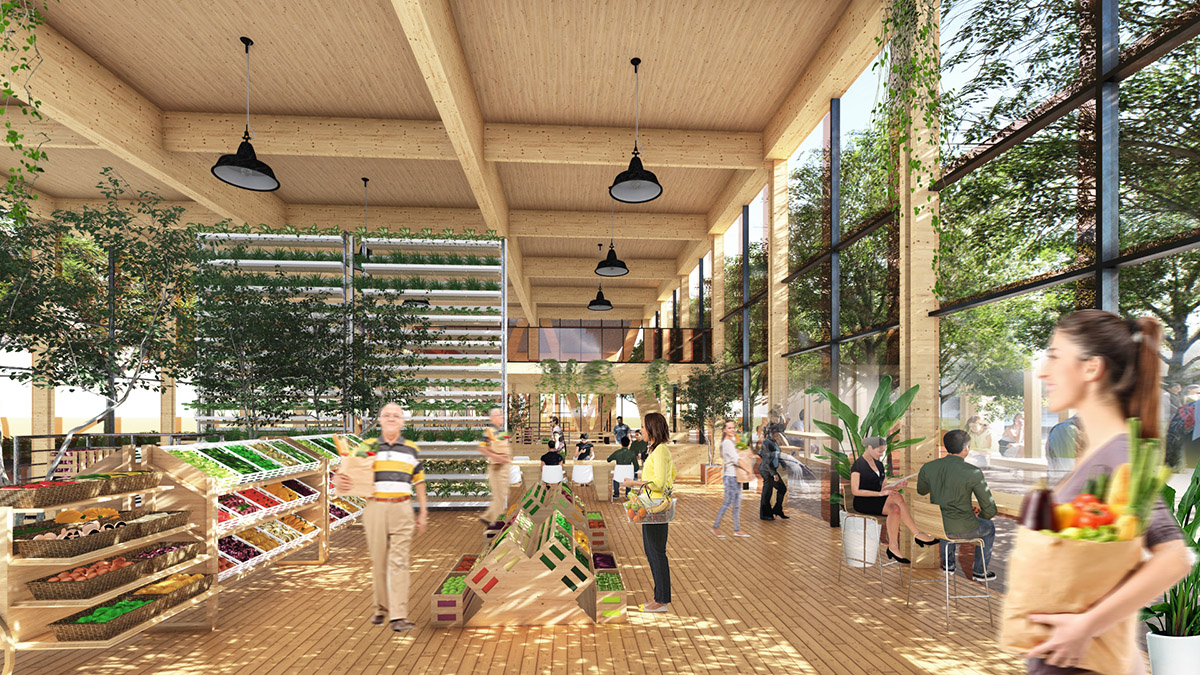
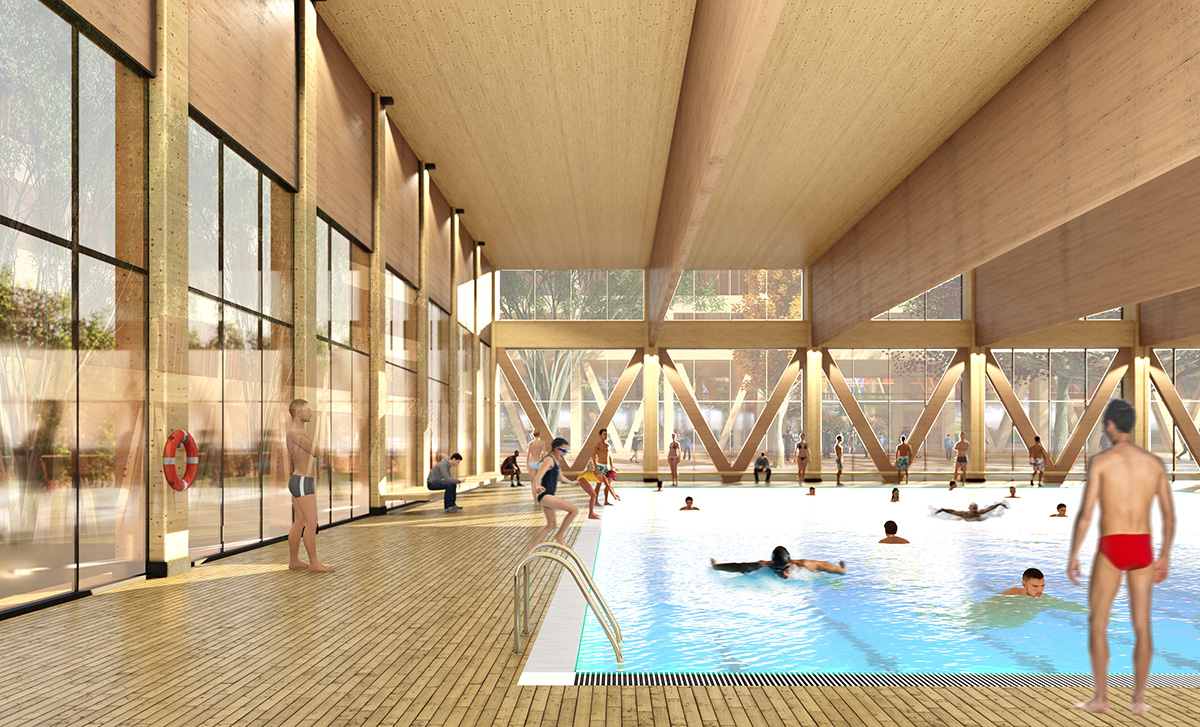
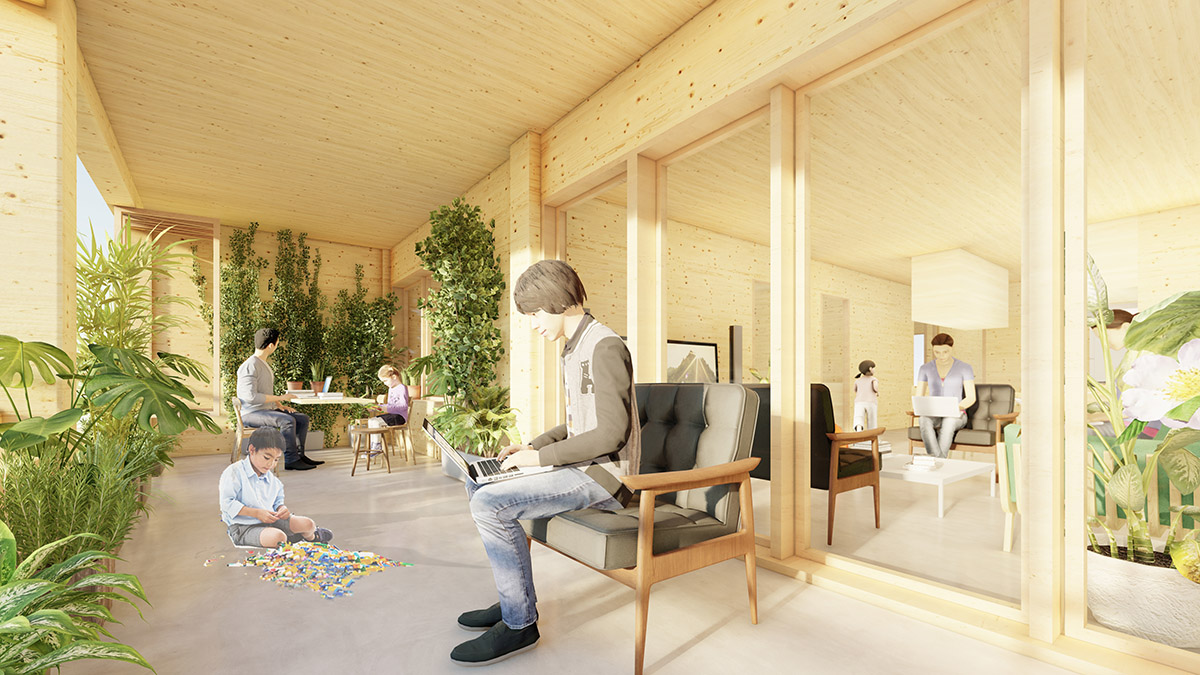
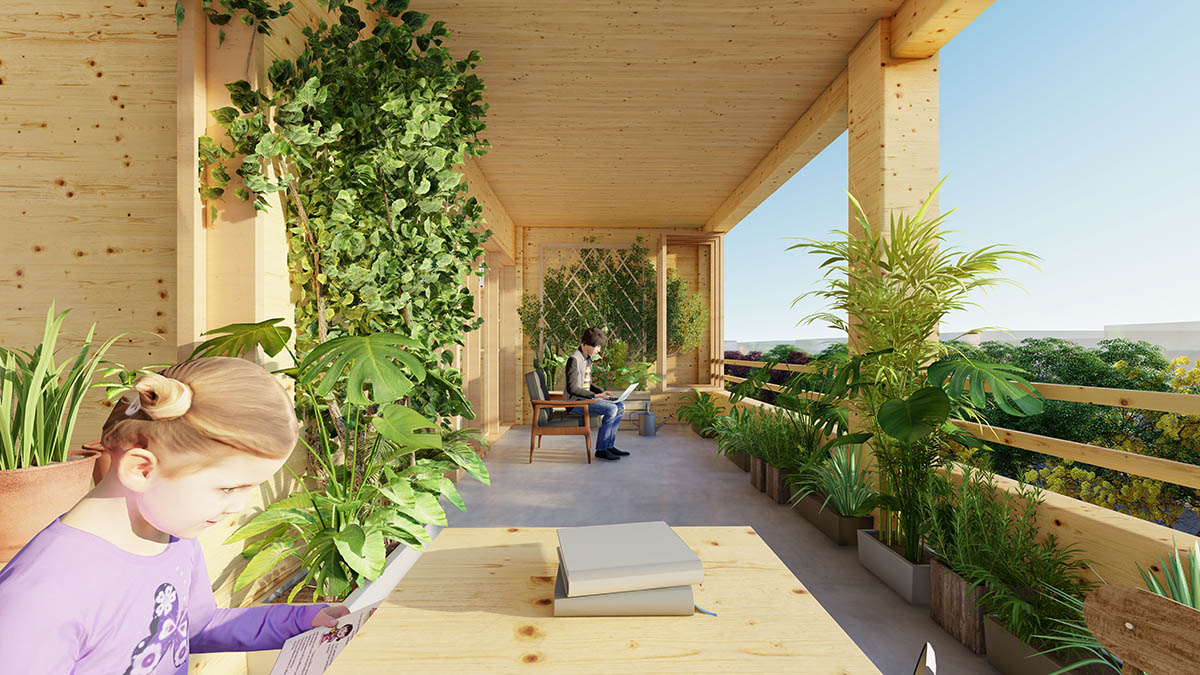
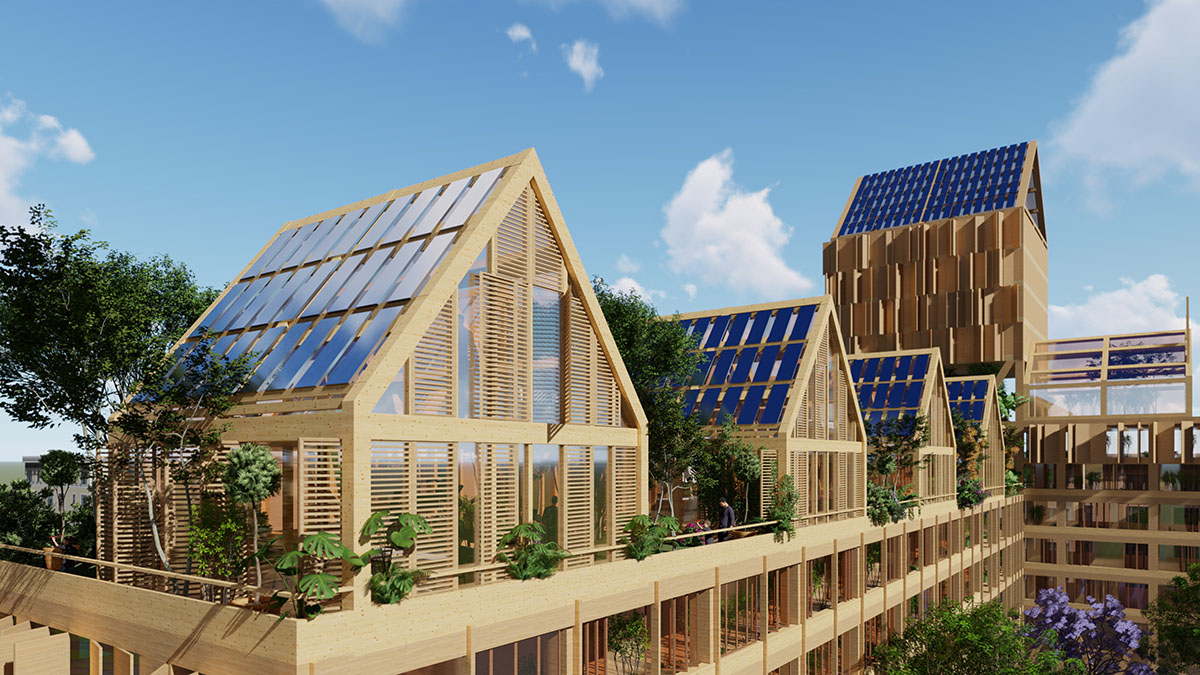
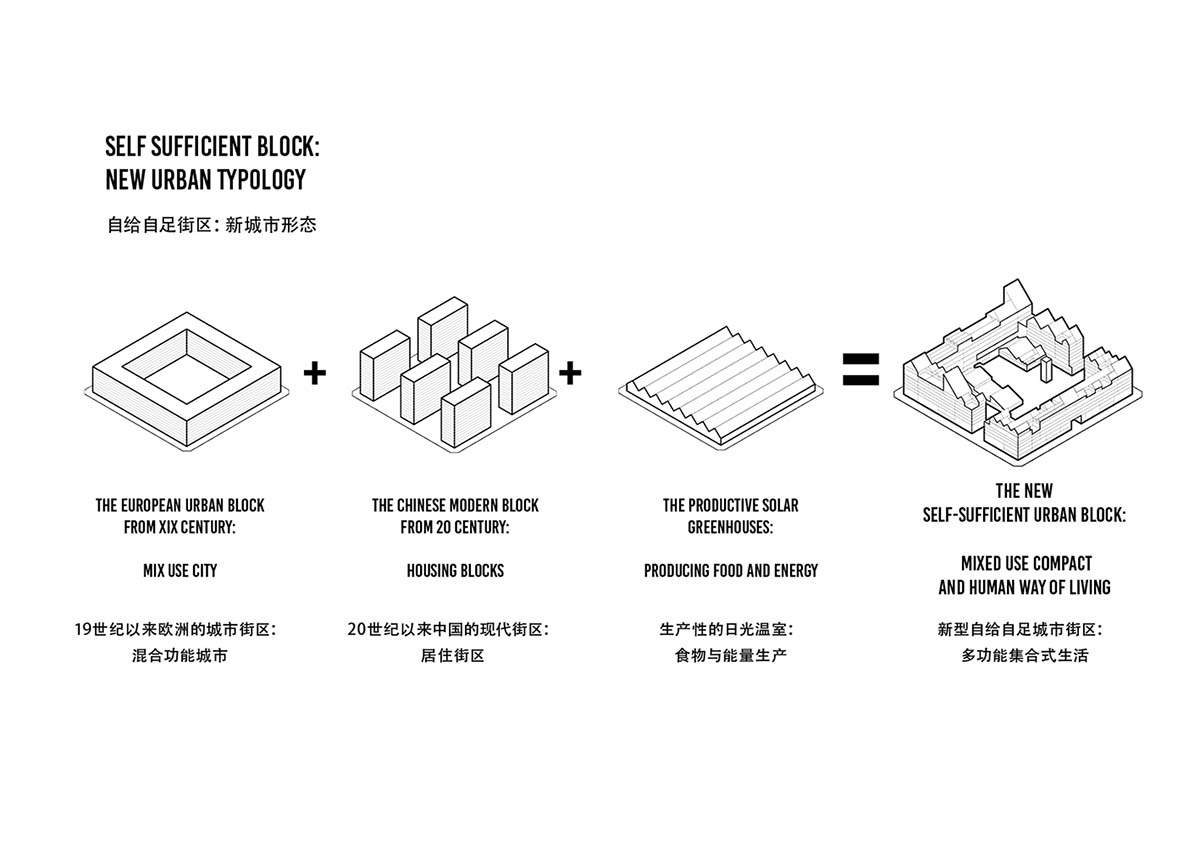

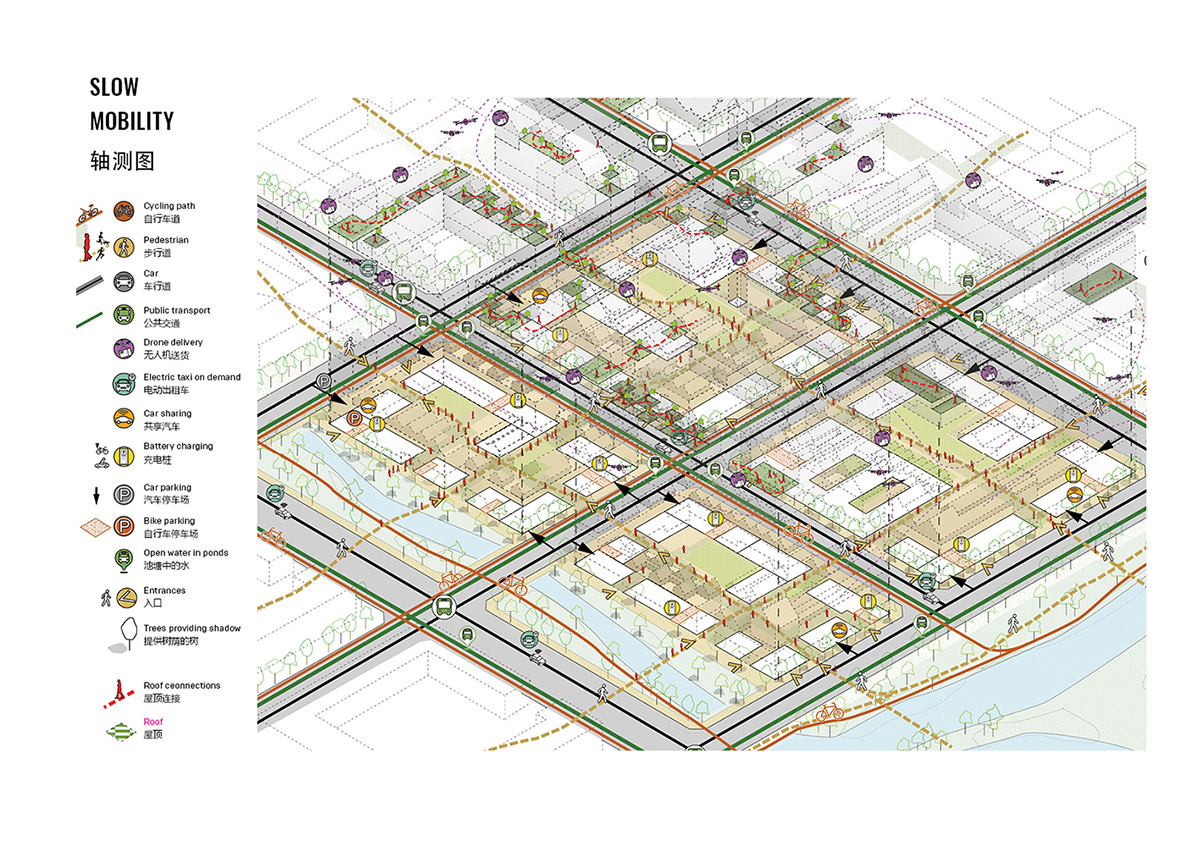
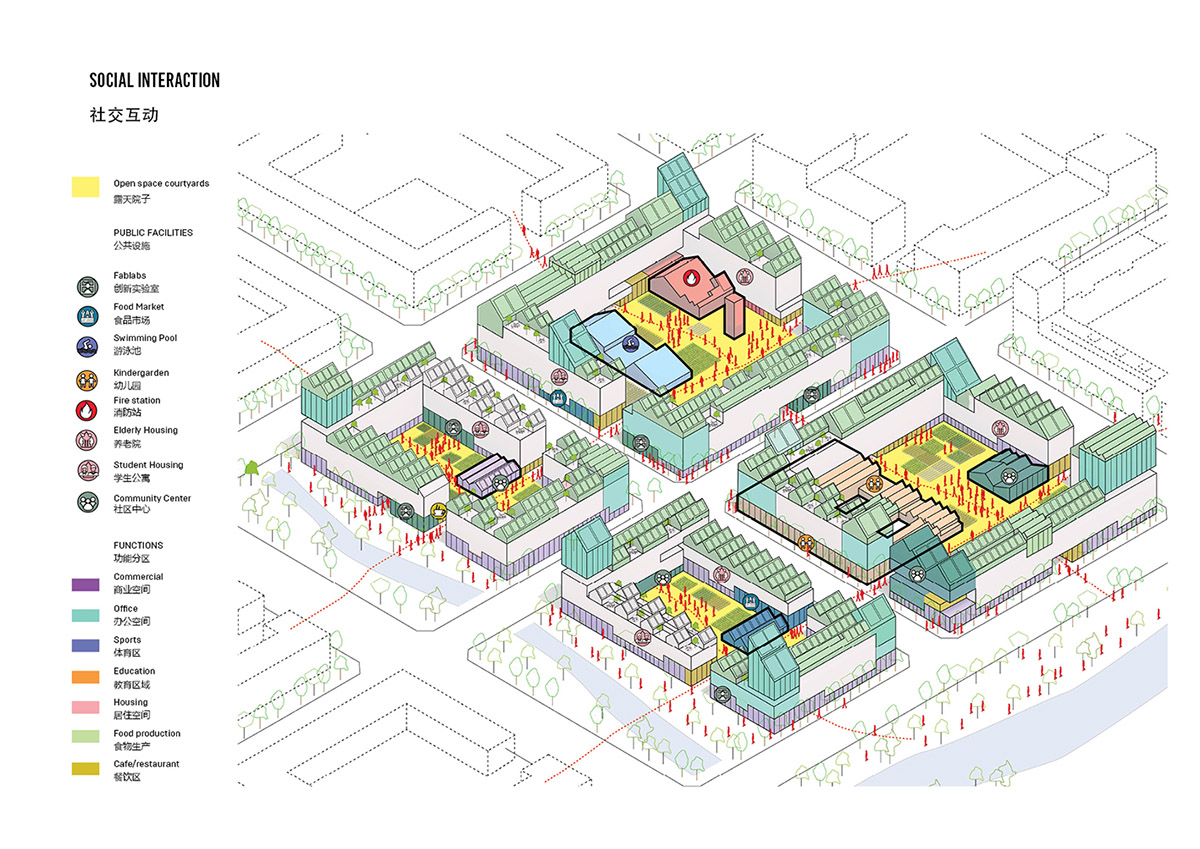
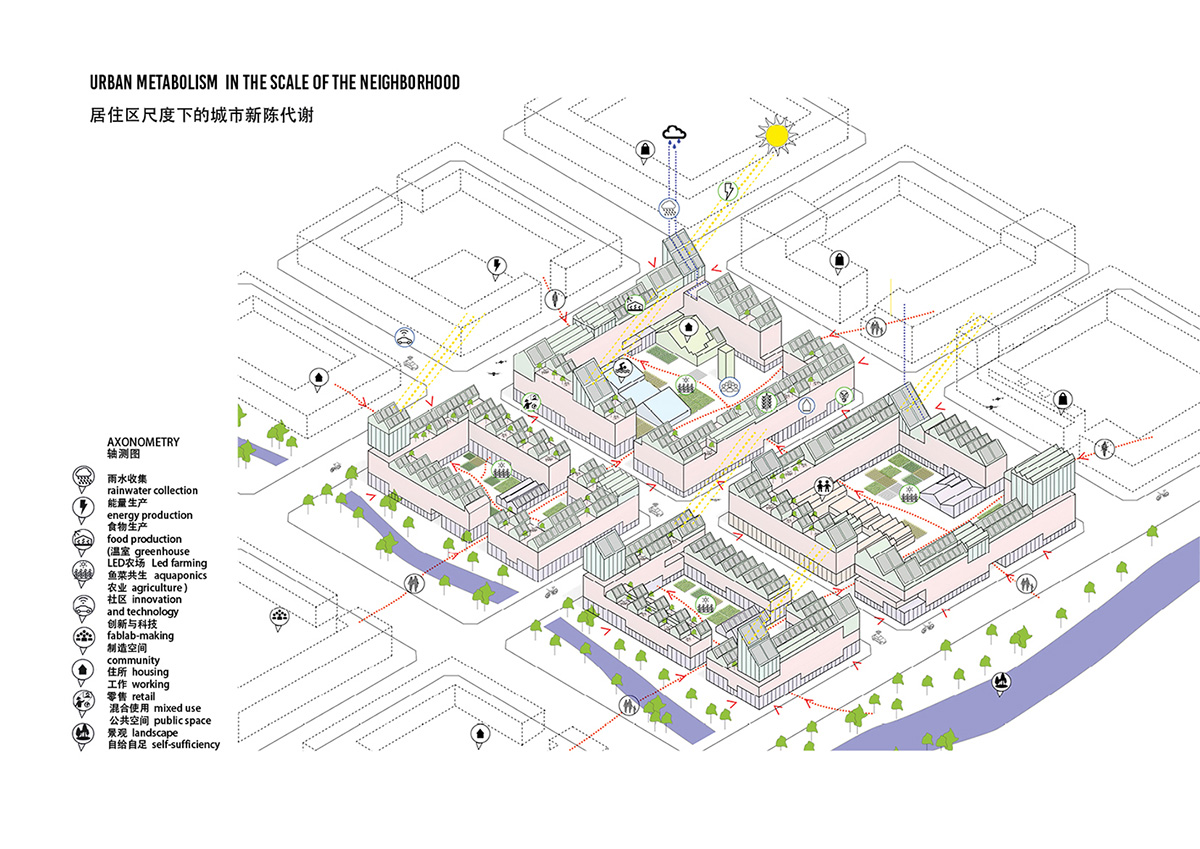
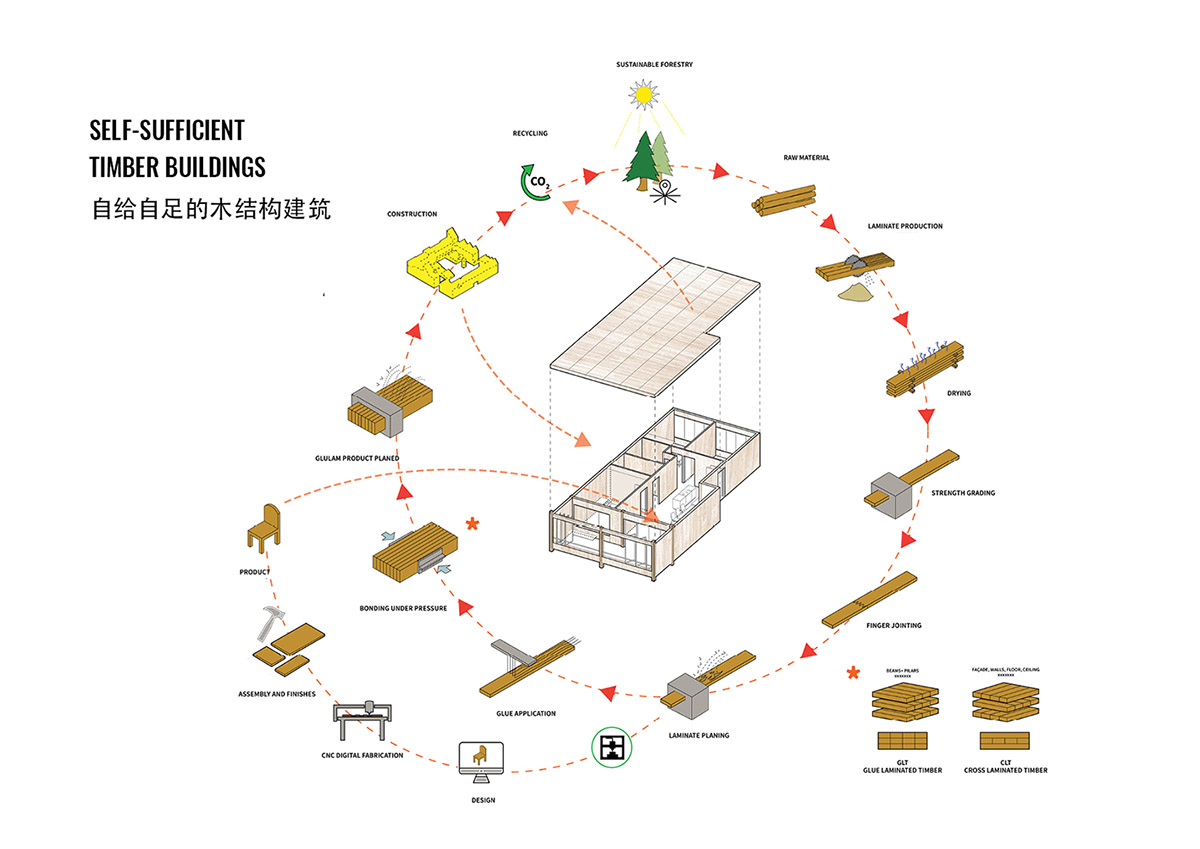





Vicente Guallart is chief architect of the city of Barcelona and general director of Urban Habitat since 2011. Guallart founded Guallart Architects in 1993 and IAAC (Institute of Advanced Architecture in Catalunya) in 2001.
His most relevant and recent projects includes, among others, Sociópolis in Valencia: an innovative housing project for urban and environmental development with projects by international architects; Sharing Bloks in Gandía: a residence for students, the first in Spain where the dynamical relation between private and shared areas can generate a continuous re-configuration and extension of the spaces to live; Fugee Port and Keelung Port in Taiwan. He is author of Geologics (Actar), and co-author of the Metapolis dictionary of Advanced Architecture and Hypercatalonia.
All images courtesy of Guallart Architects
> via Guallart Architects
